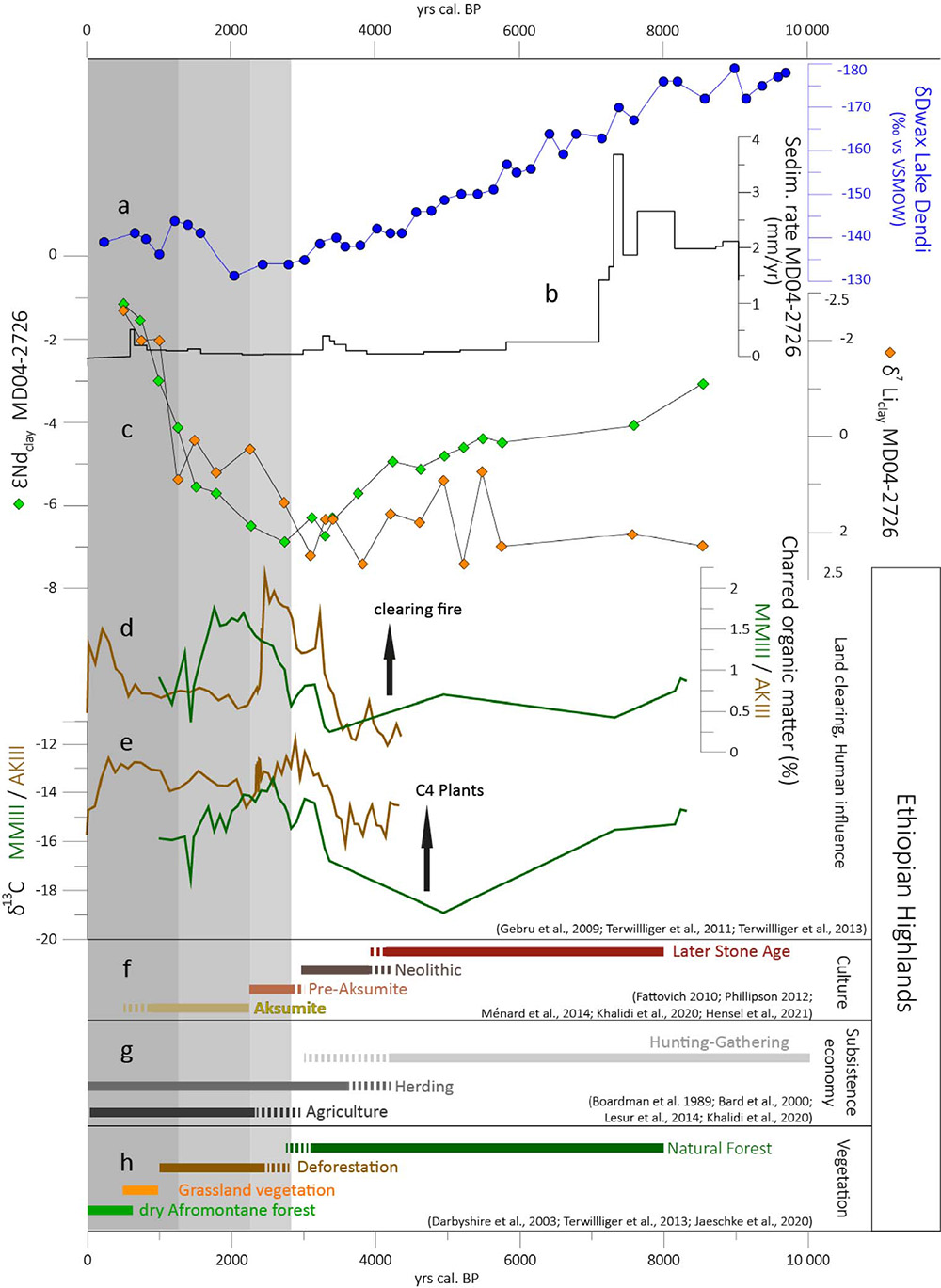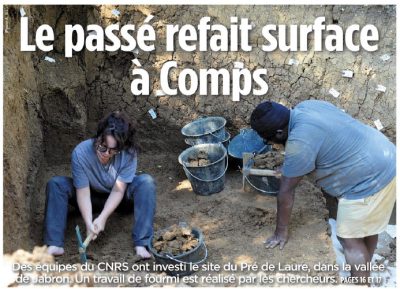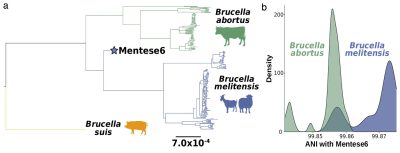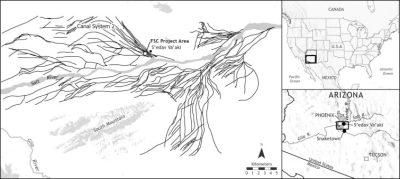Source : https://doi.org/10.5802/crgeos.169
Human-induced environmental disturbances during the Holocene have provided support for the Early Anthropogenic Hypothesis (EAH), which proposes that with the advent of agro-pastoralism and associated deforestation, humans have modified CO2 and CH4 concentrations into the atmosphere. However, only limited evidence exists for human driven chemical alteration of the Earth’s Critical Zone (ECZ) in early antiquity. Here, we explore the impact of human activities on both erosion and chemical weathering patterns in the Nile basin during a time interval that includes the rise of the Aksumite Kingdom and Late Antique Egypt (∼3–∼1 ka BP). By coupling lithium and neodymium isotopes (δ7Li, εNd) in clay-size fractions of two marine sediment cores from the Nile Deep Sea Fan (NDSF), we reconstruct the variability of sediment provenance and silicate weathering intensity in the Nile basin over the last 9000 years. Our high temporal resolution data show that for the last ∼3000 years, the Rosetta Nile Deep Sea Fan has been increasingly fed with clays delivered from the Ethiopian basaltic highlands (εNd=∼-1), despite the absence of hydrological intensification and major climatic drivers over that region. Concomitantly, the clay Li isotopic composition shifted towards lower δ7Li values (δ7Li=1 to –2), yielding unprecedented negative values for at least the last 100,000 years. Combined with other archaeological, paleo-pedological and organic chemistry inferences, the Li–Nd isotope proxy records indicate a link between the intensification of continental weathering and intensified land-use and water management during the Pre-Aksumite (∼3 to ∼2 ka BP) and Aksumite (∼2 to ∼1 ka BP) periods. Therefore, our results provide direct support to the hypothesis of an early and large scale anthropogenic forcing on continental chemical weathering. A comparison with previously published records for Central Africa, Central Europe and China suggests that the impact of the intensification of early agriculture on the ECZ may have operated at a global scale starting around four thousand years ago.





